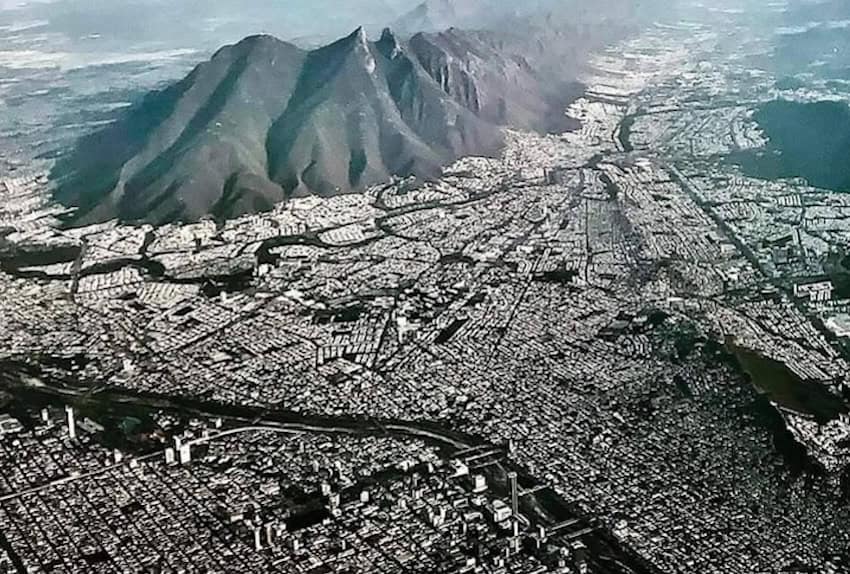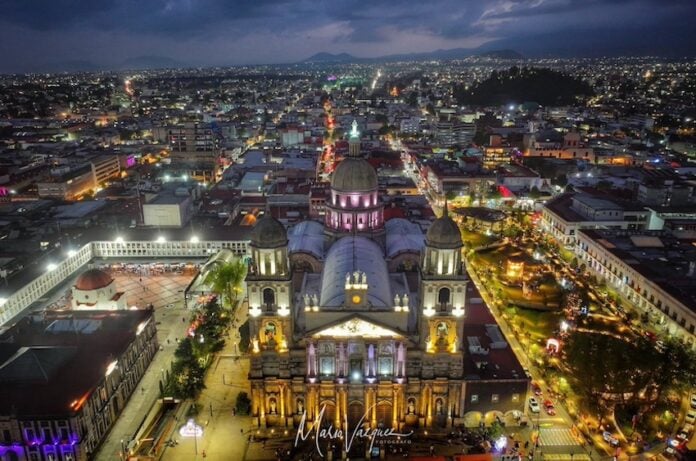Three Mexican states — Mexico state, Nuevo León and Yucatán — are leading the nation in economic expansion, with 17 consecutive quarters of growth each, according to data from Mexico’s National Institute of Statistics and Geography (INEGI).
Despite uncertainty from U.S. tariffs, reduced public spending on infrastructure and moderate investment at the national level, 19 of Mexico’s 31 states plus Mexico City experienced year-on-year growth during the second quarter of 2025.

The largest increases year-on-year were experienced in Hidalgo (7.1%), Guanajuato (4.5%), Nuevo León (4.2%), Mexico City (3.7%), Michoacán (3.7%) and Tamaulipas (3.3%), according to INEGI data.
The sharpest year-on-year decreases were seen in Campeche (-13.4% year-on-year), Quintana Roo (-9.6%), Tabasco (-6.8%), Durango (-6.3%) and Oaxaca (-2.7%).
In terms of consecutive quarters with growth, Guanajuato and Colima follow the three leaders with 13 and 11 respectively.
Conversely, Tabasco, Campeche and Quintana Roo were the states with the most consecutive quarters of economic decline, with eight, five and four quarters of contraction
Some states are “facing a slowdown after the completion of flagship public works projects and the adjustment of federal spending on physical investment,” the financial group BBVA Research states in its 2025 second quarter Regional Sectoral Situation in Mexico.
“The completion of the major projects of Dos Bocas, the Maya Train and the Tulum airport led to the removal of civil works and temporary personnel… [leaving] a gap that the operational phase has not yet filled, especially in Tabasco and Campeche.”
Growth has moderated in Mexico’s north, with stability centered around manufacturing, formal services and residential activity, according to the BBVA report.
Meanwhile, the south is undergoing a transition from economies of labor and extraction to economies of service and local consumption. Yet the region still lags behind the north in terms of productivity and formalization, said the bank.
BBVA forecasts a slight economic reacceleration and a decrease in the disparity between states in 2026 as new investments in relocation and manufacturing operations drive greater recovery in Mexico’s north and the central Bajío region.
Meanwhile, the major economies of Mexico City, Mexico state, Jalisco and Nuevo León will likely experience higher economic growth driven by tourism, particularly as hosts of the 2026 FIFA soccer World Cup next summer.
With reports from El Economista
